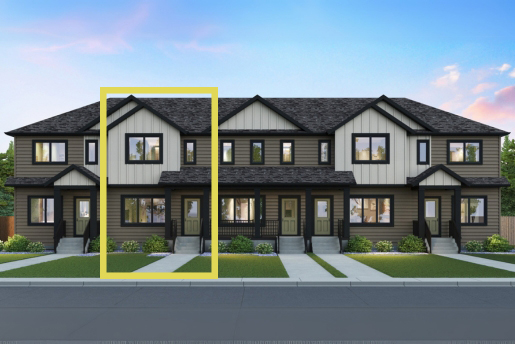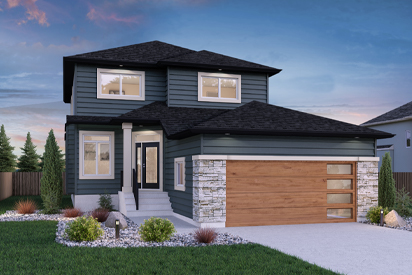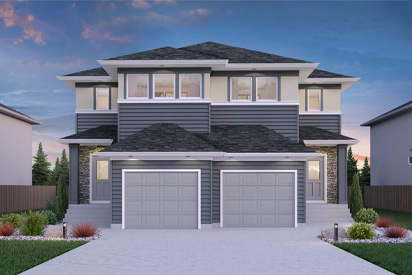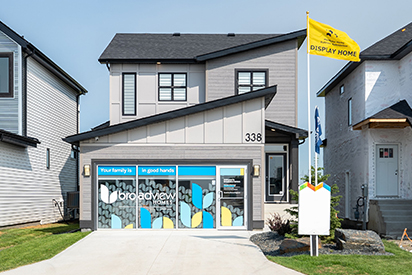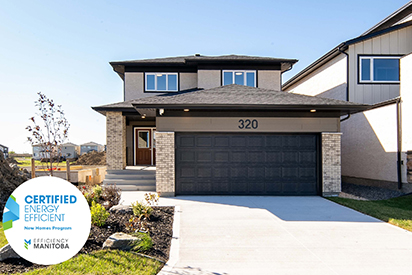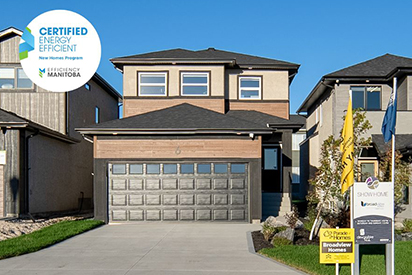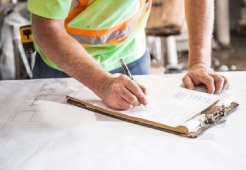Broadview Busts 6 Home Buying Myths

 When you’re shopping for a home, there are certain truths that everyone thinks they know. Unfortunately, many of these “truths” are actually unfounded myths. We’re shedding light on some of the most persistent myths out there. Armed with this knowledge, you can make a better choice for your family.
When you’re shopping for a home, there are certain truths that everyone thinks they know. Unfortunately, many of these “truths” are actually unfounded myths. We’re shedding light on some of the most persistent myths out there. Armed with this knowledge, you can make a better choice for your family.
The Bank Will Tell You How Much You Can Afford
When you get pre-approved for a mortgage, the bank will give you a spending limit. This will tell you the maximum the bank is willing to give you towards your new home.
However, that amount is what the bank thinks you can afford. For many families, the bank’s limit is too high to be truly affordable. With extra costs for things like private schools, extracurricular activities, or vacations, you may find that you want to keep your monthly payment lower than what the bank says. You’re the one that’s ultimately responsible for determining affordability.
You Need a 20 Percent Down Payment
A 20 percent down payment is the gold standard for buying a home, but it’s not a set-in-stone rule. The advantages to putting 20 percent down are being able to avoid paying mortgage insurance and starting out with a fair amount of equity in the home.
That being said, you don’t need a 20 percent down payment to qualify for a mortgage. You can put as little as 5 percent down to get the home you really want.

New Homes Are Bad Investments
You’ve probably heard that when you purchase a new car, it immediately loses some of its value when you drive it off the lot. This isn’t the case with new homes, though. Sure, you may lose some money on the home if you’re selling it only a year or two after making the purchase, especially if the builder is still building new homes in the community. But new homes tend to retain their value over the years, and they sometimes increase in value more than other resale homes, especially once a desirable community is full.
If you do decide to sell your home, buyers will be attracted to things like the modern style and energy efficiency that’s hard to find in older homes.
You Can Move in Five Years
People tend to buy “starter homes” that don’t quite meet all of their needs with the intention of using the equity in the home to buy a better home in a few years. This might be true if you’re able to put a high down payment on a low-cost older home, but those who have down payments of less than 10 percent should be careful about thinking that they’ll be able to move out in five years. Since most of the initial mortgage payments go toward interest, you’re not making a large dent in your principal balance. When you try to sell the home, the money that you thought was the equity ends up going toward the real estate agent and closing costs, leaving you with far less than what you originally thought.

It’s Bad to Shop Around for Loans with Too Many Different Lenders
Credit inquiries — when a lender checks into your credit history to determine if they’ll give you a loan — can negatively impact your credit score. This leads people to worry about shopping around for the best mortgage rates. However, this is not cause for concern when applying for mortgages. Credit bureaus expect you to shop around when you’re looking for a mortgage, so they don’t penalize you for this.
Mortgage Calculators Give Accurate Results
Online mortgage calculators can be helpful in determining how much a particular home might cost you on a monthly basis. You put in the cost of your mortgage and they spit out a monthly payment. Unfortunately, these calculators sometimes give you an incorrect sense of what the mortgage payment will be. For instance, the actual amount that you’ll pay monthly includes homeowner’s insurance and property taxes. These two things usually add hundreds of dollars to the monthly payment. If you’re not including these things, you’re overestimating how much you’ll be able to borrow.
Additionally, the calculators usually pre-populate with current interest rates, and these may not be the rates that you’ll qualify for. If you don’t already have a pre-approved mortgage rate from a lender, you could be way off in guessing what your interest rate will be, and this will give you inaccurate results with the mortgage calculators.
Buying a home should be an exciting and straightforward process. Now that you've debunked these common home buying myths for good, you're ready to go forward in the home buying process with confidence.

